Why the "Keep Your Lower Bleph" Trend Is a Quiet Rebellion Against Perfection
Showing your weariness isn’t failure—it’s proof you’re still here
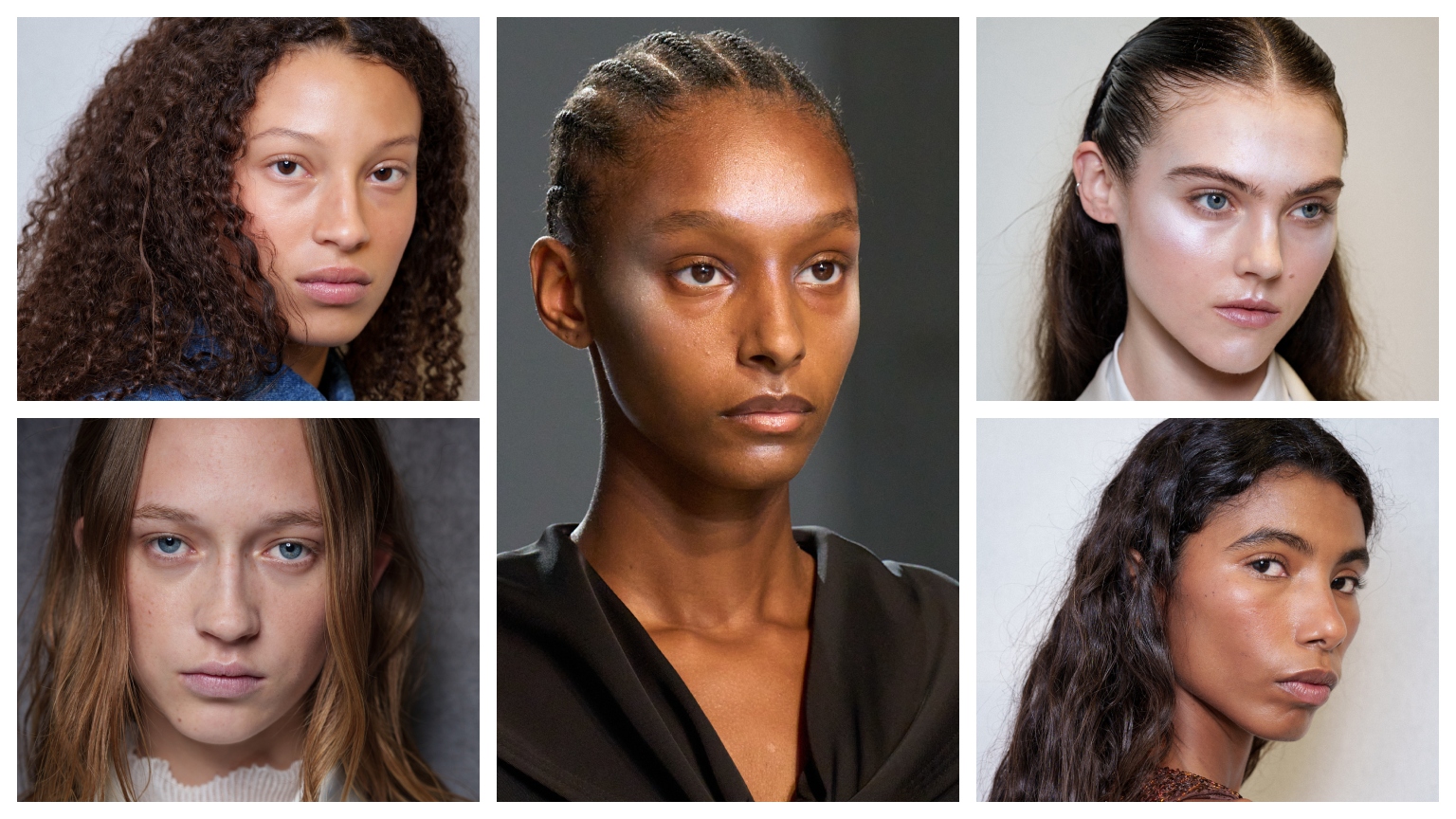

A now-viral TikTok recently declared, “Ladies, keep your lower bleph.” The creator, speaking straight to camera, insists that puffy under-eyes—the kind that betray a night of bad sleep, crying, or existential dread—are the ultimate French-girl flex. The video, both cheeky and oddly profound, is quickly racking up views in the hundreds of thousands.
This isn’t about contouring, lifting, or brightening your face—a far cry from the typical beauty influencer content. It’s about keeping the soft half-moons beneath your eyes, the ones we’ve been told to erase with filler, filters, concealer, or surgery. Suddenly, the lower eyelid, once synonymous with fatigue and imperfection, is being reframed as aspirational.
This idea taps into a larger aesthetic rebellion sweeping TikTok and beyond: a fatigue-fueled shift from “clean girl” polish to “tired girl” realism. In an era obsessed with productivity, perfection, and "anti-aging," showing your exhaustion might be the most radical beauty statement you can make.
Cultural strategist Emily Carmeli sees this as bigger than a beauty moment: “The ‘keep your lower bleph’ moment isn’t just about under-eyes, it’s about exhaustion with the performance of flawlessness, literally.” In an era where perfection is purchasable—we are firmly in the undetectable facelift era—authenticity is becoming the last scarce commodity.
Makeup artist Carly Giglio sees the movement as a return to authenticity, stating that “It’s showing, more commonly, a natural look for the under-eyes. It’s effortless and shows the reality of the face and skin, which in turn means authenticity.” In essence, we’re not all completely de-puffed and concealed naturally , and keeping the lower bleph shows that.
Beauty writer Devon Abelman agrees that the French-girl look has always celebrated that “effortlessly cool, lived-in vibe: sooty eyeliner, diffused lipstick, tousled hair.” The true base of it all, to her, is clean, unadulterated skin untouched by foundation, concealer, and injectables. “Every fine line, dark circle, and eye bag is a souvenir from a life fully lived,” she says, adding that “embracing your lower bleph is about letting yourself have more time to experience pleasure and joy in an increasingly chaotic and terrifying world while spending less time concealing who we are and what we’re going through.”
From Flaw to Flex
Even the phrase “keep your lower bleph” reveals something profound. “Bleph” is short for blepharoplasty, the cosmetic surgery that removes excess eyelid skin. To say keep it is to resist the urge to fix what was never broken. Beauty critic Jessica DeFino notes that “even though the phrase argues against surgery, it shows how much plastic surgery influences how we see and talk about ourselves.” To say ‘keep your lower bleph’ means we’re viewing our faces through a surgical lens, which has existential implications.
Get exclusive access to fashion and beauty trends, hot-off-the-press celebrity news, and more.
That self-awareness—both ironic and sincere—is what makes the trend so compelling. After years of “snatched” perfection, airbrushed filters, and poreless AI faces, beauty’s pendulum is swinging back toward the real and the raw. “Gen Z despises being cookie-cutter, especially in the wake of trad wifery and rising conservatism,” Abelman says. They want to stand out and be as unique as possible. “They know perfection is boring. Filters hide the results of their curated skincare routines and what makes them … them.”
The new beauty ideal is about wearing signs of life, not erasing them.
Emily Carmeli
Giglio agrees: “Gen Z is all about authenticity and wanting to see what’s real on the face—not overly done-up. They’re sick of the AI face, which literally emulates something that isn’t real," she says. Culturally, we’re pulling back and sharing the reality of things like burnout or exhaustion, whether physical, mental, or emotional—and our faces naturally show that.
Carmeli adds that this fatigue is “both physical and mental.” Everyone’s using ChatGPT, everyone’s optimizing, everything’s AI. “The lines between effort and automation are blurring—and what we’re really craving is not just authenticity, but literal proof of life,” she says. “The new beauty ideal is about wearing signs of life, not erasing them.”
For the younger cohort, the rebellion is rooted in visibility: the choice to look like a person, not a prototype.
The Myth and the Muse
Of course, invoking "the French girl” is never just about beauty; it’s about fantasy. She’s the woman who smokes cigarettes and sips wine at dusk, her under-eyes a souvenir from last night’s existential conversation. She doesn’t cover her fatigue; she wears it like an accessory.
But, as DeFino points out, that myth has long been exclusionary. “‘French girl beauty’ is associated with effortlessness, the mythical French girl [who] doesn’t try to be beautiful, she just is,” she says. “Her ‘flaws,’ and her acceptance of them, conveniently only make her hotter.” But the stereotypical French girl tends to be imagined as white and thin. “Because she already adheres to these two major tenets of the Eurocentric beauty ideal, she has more freedom to ‘reject’ other beauty standards and still be considered beautiful.”
In other words, the French girl’s rebellion is still protected by privilege. The ability to embrace imperfection—to be “flawsome,” as Tyra Banks once put it—is itself a form of beauty capital. And yet, even this performative acceptance of imperfection feels refreshing in an era when hyper-perfection is the norm. “Something a little ‘off,’” DeFino says, “but not too off, signals humanity, reality, embodiment—luxuries in the age of artificial intelligence.”
The Tired Girl Era
If the “clean girl” aesthetic promised dewy perfection and spiritual minimalism—a 24/7 “no-makeup makeup” illusion requiring maximum effort—the “tired girl” trend is its punchline. Tired-girl makeup celebrates smudged eyeliner, visible texture, and the marks of life on your face. It’s not lazy; it’s lived-in.
Abelman calls it the next phase of beauty’s realism movement. “Think of it as skin neutrality 2.0, a shift from obsessing over flawlessness to embracing what real, lived-in skin looks like,” she says. To her, pimple patches started this push by normalizing blemishes instead of concealing them. Now, dark circles and eye bags are the next frontier. “They’re proof that caring for your skin’s health matters more than chasing an AI-filtered version of perfection.”
Giglio describes the aesthetic more vividly: “The tired-girl trend is the look of sleep deprivation—smudged dark eyes, sometimes exaggerated under-eye circles.” It embraces authenticity and imperfection, challenging the unrealistic idea that everyone is always minimalist but perfected, glowing, and bright-eyed, like in the clean-girl aesthetic.
Even this performative acceptance of imperfection feels refreshing in an era when hyper-perfection is the norm.
Still, DeFino warns that this, too, can be commodified. “Maybe the tired-girl makeup trend represents our total capitulation to consumer products,” she says. “Instead of simply being tired and therefore looking tired, we’re conceiving of ‘tired’ as an aesthetic and applying it with makeup.” It’s a simulacrum of exhaustion that, ironically, is exhausting in itself, in the literal sense, regarding the time it takes to perform ‘tired-girl makeup,’ and in the sense that it exhausts the money many of us spend our waking hours earning.
Even rebellion can be aestheticized; even authenticity can be bought. Still, Giglio points out that it doesn’t have to be an extreme. “It’s interesting to see the shift because it can be achieved with minimal or maximal effort.” It’s about embracing what’s natural to you and creating the look you want.
Beyond Paris, Beyond Perfection
Ironically, the idea that eye bags are cute isn’t new. In K-beauty, the look is called aegyo sal—a small, plump pouch under the eyes believed to make the face look youthful and friendly. Korean women often trace their natural eye bags with highlighter or liner to emphasize them, seeing them not as flaws but as signs of warmth and charm. “The lower bleph eyebags have been seen as desirable in East Asian beauty cultures for a long time, for a different reason though—this feature is associated with a childlike cuteness,” says Anu Lingala, a cultural strategist.
The global crossover of beauty trends means that what starts as an aesthetic rebellion in one culture often becomes a viral export in another. The French-girl lower bleph and the Korean aegyo sal both speak to a deeper longing: to look alive, expressive, and fully human in a digital world obsessed with control.
DeFino observes that this turn toward “anti-perfect” beauty coincides with tightening body standards in what she calls “the Ozempic era.” “As body standards become more restrictive,” she says, “the anti-perfect face creates the illusion of freedom from restrictive beauty standards.” We actually saw the opposite happen during the era of body positivity, she says, in which the demands of diet culture relaxed, the demands of skincare and plastic surgery ramped up. Perhaps what’s happening now isn’t the end of perfectionism, but its latest mutation: a craving for humanity in the age of AI.
Ultimately, “keeping your lower bleph” feels less like a TikTok challenge and more like a collective sigh. It’s about reclaiming our right to look like ourselves: tired, textured, emotional, alive. “So what if people can see your under-eye bags and dark circles?” Abelman says. “I’m way too busy surviving to care about how people perceive my lower bleph in a time like this.”
And maybe that’s the real heart of the trend. In a culture that demands endless curation and constant self-surveillance, showing your weariness isn’t failure—it’s proof you’re still here. Because beauty, at its best, isn’t about appearing untouched. It’s about being seen—blephs, bags, and all.
Meet the Experts
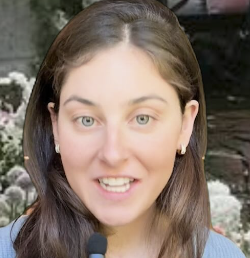

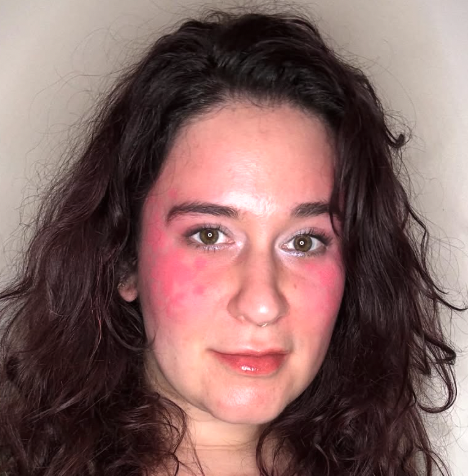
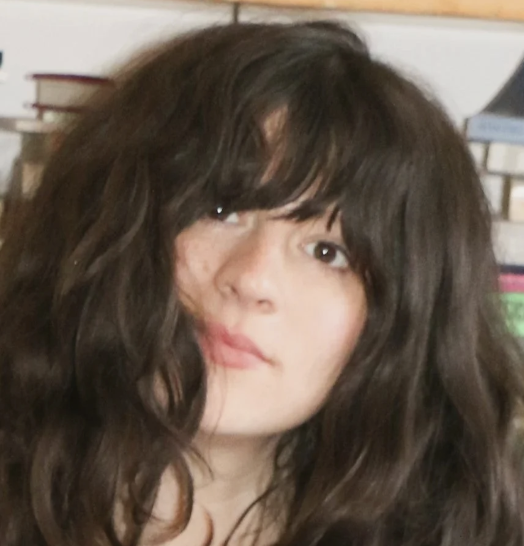
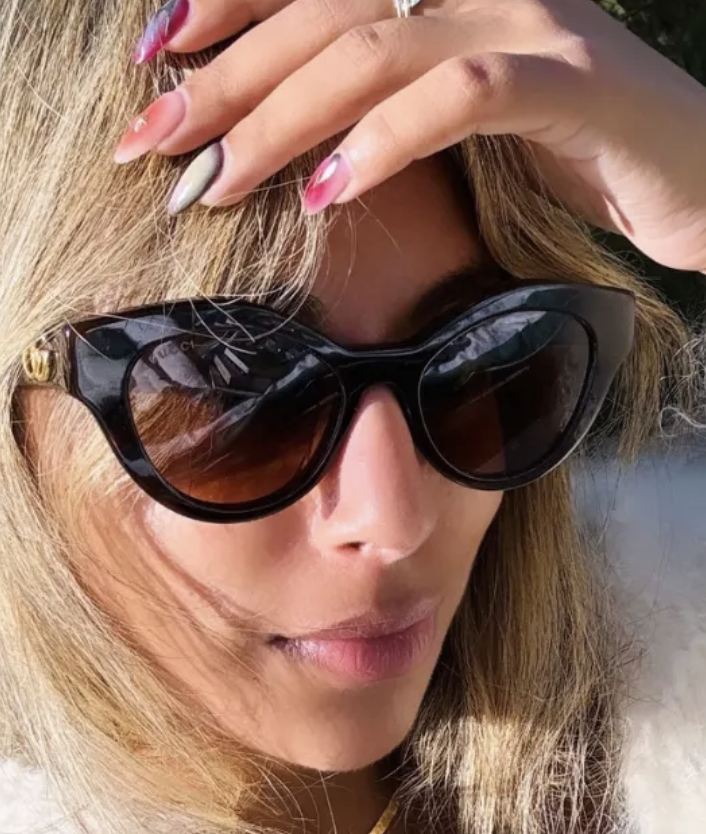
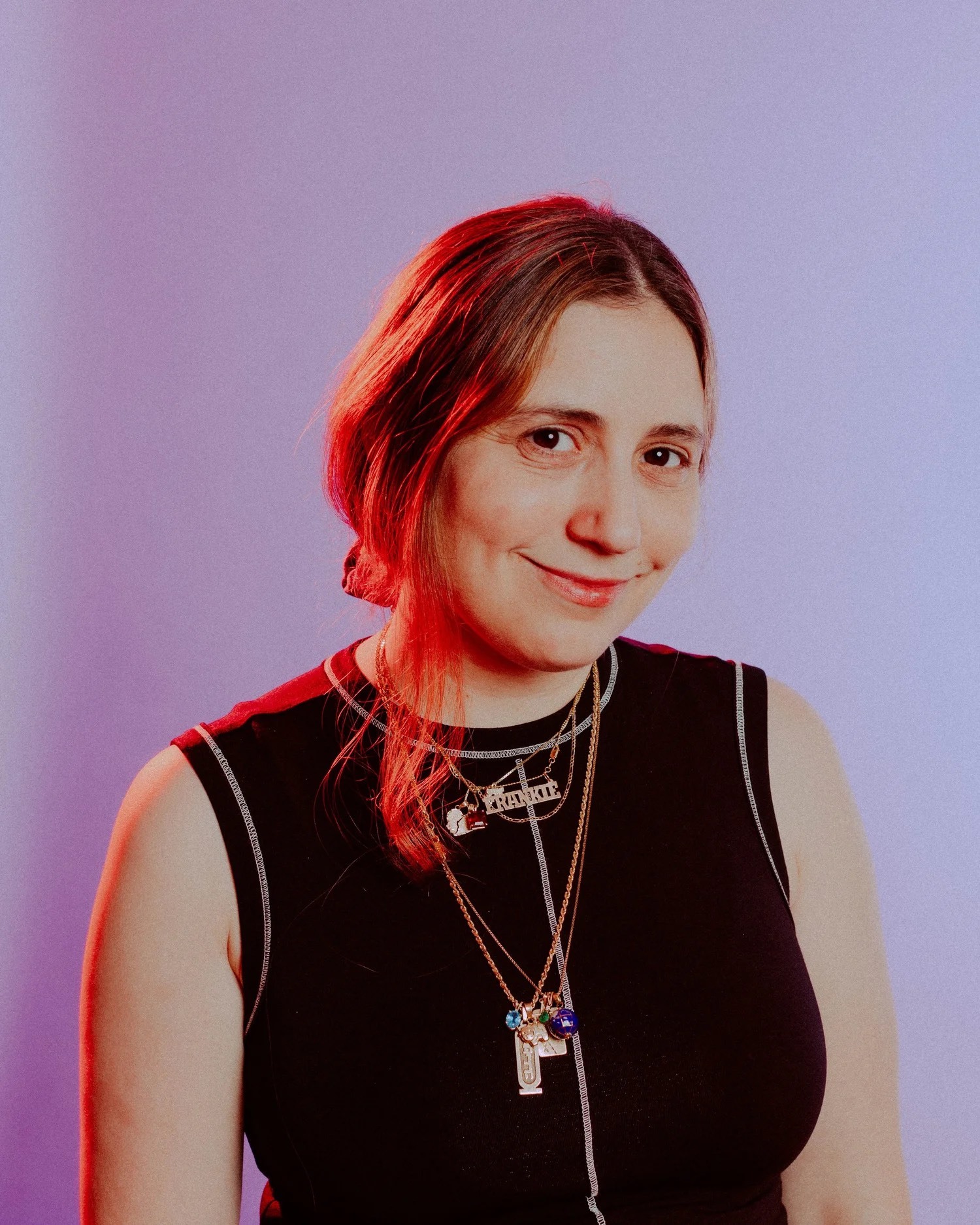
Sara Radin is a culture and style journalist based in Philadelphia, PA. She is the former Styles Feature Editor at Teen Vogue. Her writing has been published by various publications including The New York Times, Vogue, Allure, Teen Vogue, Elle, Harper’s Bazaar, British Vogue, Vogue Business and many others.